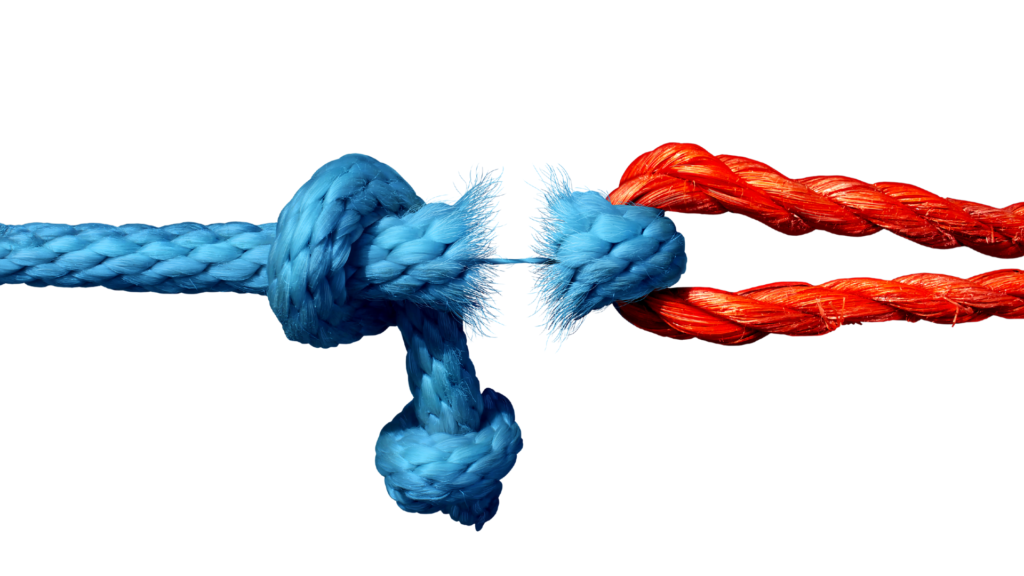
Uptime Paradox
What Exactly Is Uptime And How Do You Measure It?
Contrary to intuition, adding services actually lowers your system’s overall uptime.
Here’s the scoop: integrating a new service means inheriting its potential for downtime, however slight. This cumulative effect can surprisingly drag down your product’s reliability. Want the nuts and bolts of how uptime calculations work? Check out a deep dive (here).
But here’s the kicker: even a minuscule 0.01% dip in uptime can have substantial implications as your service stack grows. Research from the Uptime Institute shows a staggering 70% of major SaaS outages stem from upstream cloud dependencies. Alarmingly, for some, 25% to 70% of alerts are due to these third-party services. If you have experienced downtime you know how costly the impact can be which is why the SLA guarantees some level of availability.
Getting credit back for outages is time consuming, complex, and difficult to understand. It’s time for cloud service providers to commit to reliability, avoiding complications from outages
Research from the Uptime Institute shows a staggering 70% of major SaaS outages stem from upstream cloud dependencies.
Your SLAs entitle you to compensation for service disruptions. Failing to claim these funds means you’re missing out on crucial financial opportunities. Don’t leave money on the table—take action today to ensure you’re fully compensate.
